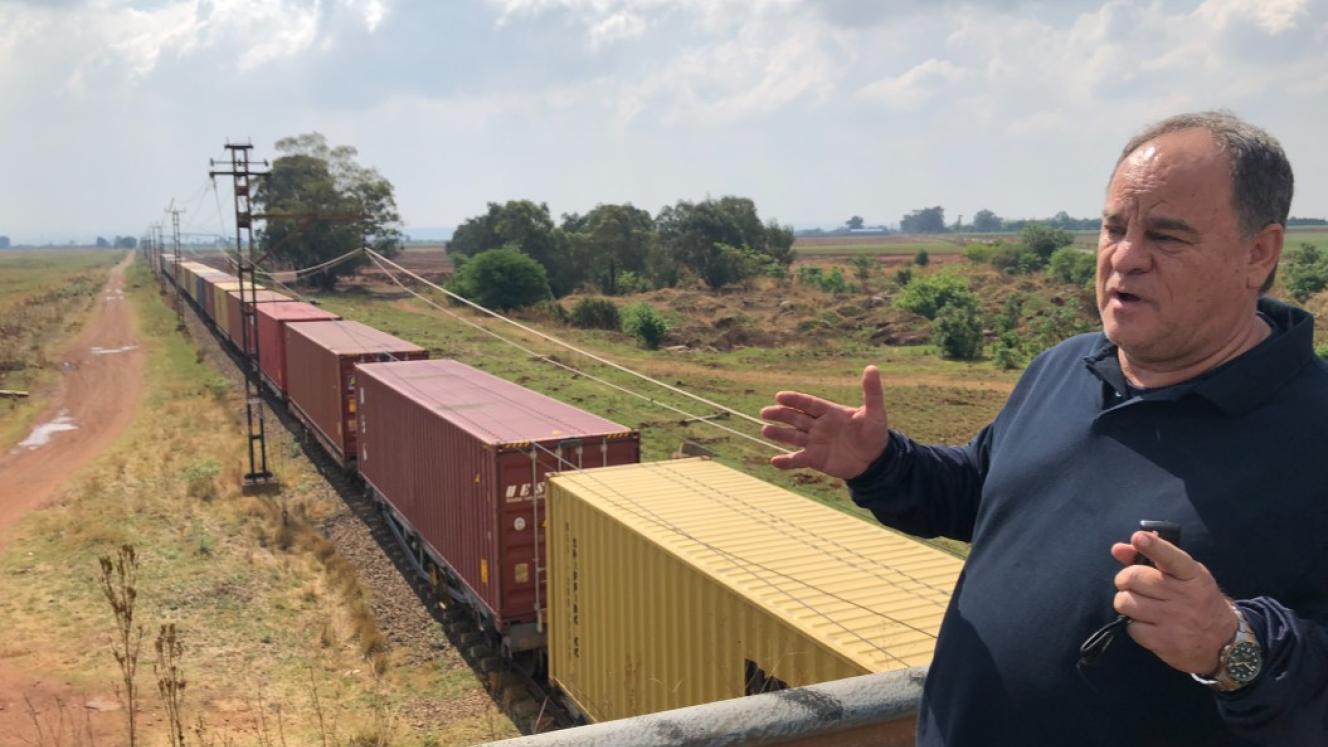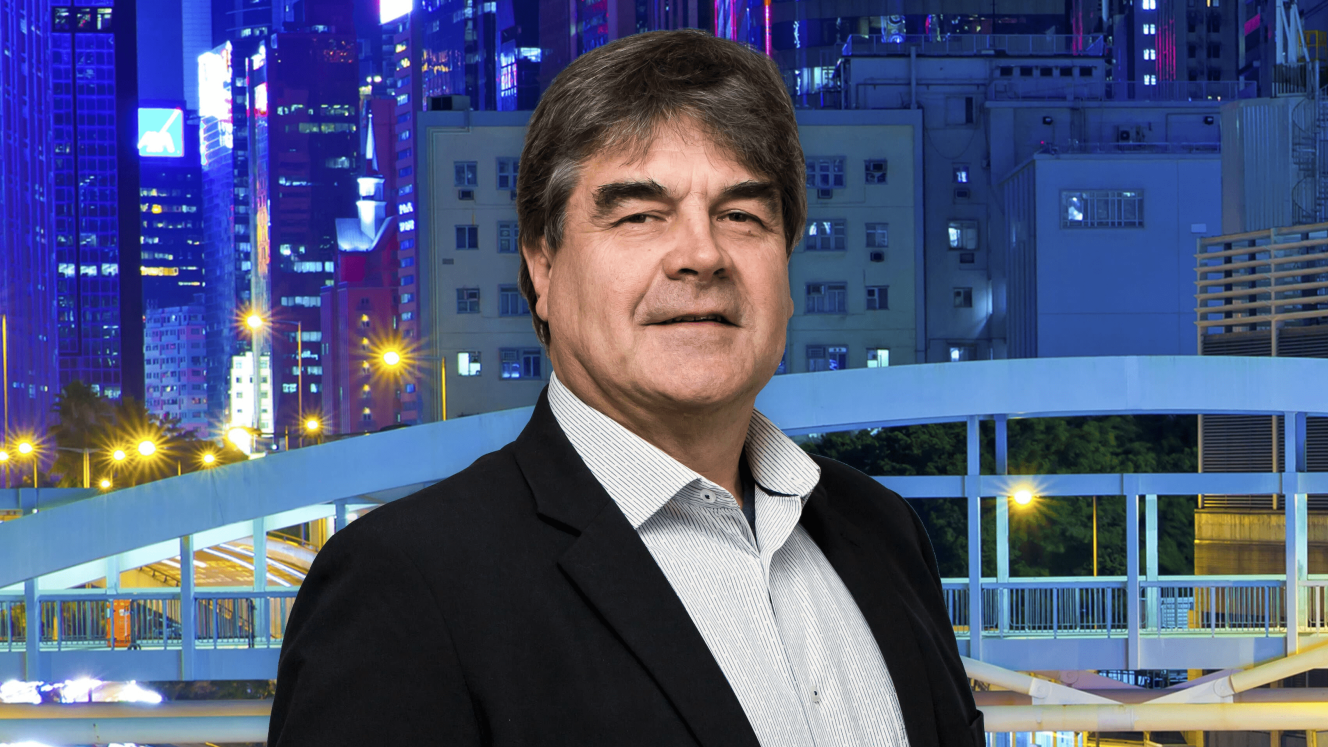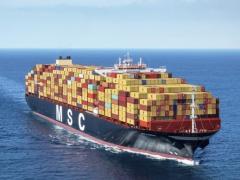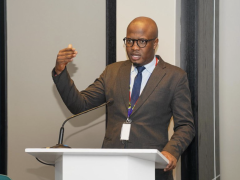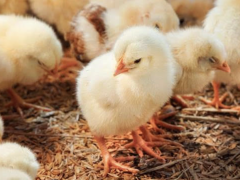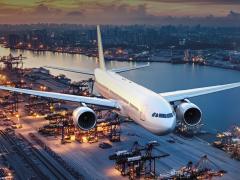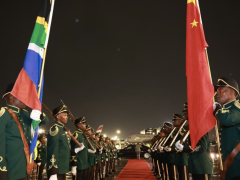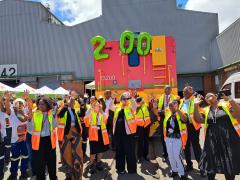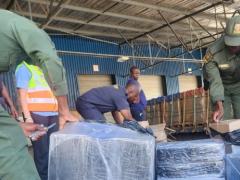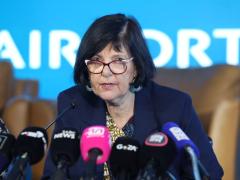It’s been just over a week since South Africa’s Transport Month got under way with a big idea that has been on the cards for at least 13 years – the Port of Gauteng (PoG), a 1 400-hectare multimodal logistics park south of Johannesburg on the N3.
The development’s ambitious goals have been well publicised over the last few days, touted as a R50 billion investment that could create 50 000 jobs and significantly change the cargo dynamics between the Port of Durban and the country’s industrial heartland.
The project’s developer, Francois Nortjé of NT55 Investments, believes it’s “a game changer” for the roughly 85% of cargo that heads to Gauteng from Durban.
But the PoG has a glaring challenge – lack of investment.
During the launch of a White Paper meant to revitalise interest in the port, Nortjé admitted that finding big-ticket believers had proved difficult, especially given large-scale disruptions.
“We were doing well but then came Covid.”
However, Nortjé believes that’s all set to change since Transnet embarked on its open-access network initiative for third-party slot operators on the logistics utility’s rail freight network.
“We’ve got to think long term. We can’t carry on with the amount of truck traffic we have on the N3. It’s unsustainable. The future is about an increase in low-value volumes and companies like Shein and Temu are flying their goods in. At some point they’re going to shift to containers.”
Given Transnet’s open-access project, Nortjé believes the PoG is now perfectly poised to finally grab the attention of an investor like Mediterranean Shipping Company, identified as one of 11 successful applicants that got initial go-ahead from the state-owned company.
Amazon is another, he says.
Considering how "local fulfilment" has become a strategy for international conglomerates to establish physical hubs in main distribution points, Nortjé is aiming as high as he can – Jeff Bezos-high.
“Why not? You sign the big investors and then the others come.”
He says at least 500 hectares of the PoG’s land adjacent to the N3 is ideal for big warehouse development, being extremely flat with very little fill-in needed.
But apart from the apparent lack of investment, there’s another impediment to the PoG – competition.
The most long-standing of these is the Tambo Springs Logistics Gateway, a 607-hectare inland port development that was said to have R350 million of bulk infrastructure being installed back in 2021.
Inconveniently for Nortjé and his partners, it’s right next to the PoG, and one industry stakeholder who reckons the smart money is on Tambo Springs is Gavin Kelly, CEO of the Road Freight Association (RFA).
This is especially because of government’s perceived support for Tambo Springs, although Nortjé claims that Gauteng Premier Panyaza Lesufi supports the PoG.
Nortjé believes the Tambo Springs project is dead in the water, mainly because of at least three court cases around environmental impact assessment (EIA) issues.
He says Tambo Springs is hamstrung by sewage problems it can’t solve and the Gauteng Transport Infrastructure Act that apparently prohibits infrastructural development because “it won’t allow for any EIAs to be conducted on environmentally sensitive land” (earmarked for the Gateway).
Nortjé also alleges that Tambo Springs paid about 10c per square metre for its land, compared with the R20 per square metre that PoG paid for its development, about 200% more and not situated inside a green zone as the Gateway is said to be.
Kelly says another issue that’s of concern is Nortjé’s recommendation to shift road-to-rail loads to an even 50-50 split by introducing performance-based standard (PBS) trucking.
By forcing PBS trucks to offload at the PoG, Nortjé says incentive will be created for Transnet to increase loads on the National Corridor (NatCor) line which, pre-Covid, saw at least seven cargo trains daily, decreased to about one during the pandemic with a current recovery total of about four a day.
Nortjé believes that the habit of smaller trucks to bypass toll roads will also be ruled out if PBS regulations are implemented, forcing transporters to stay on the N3 and ultimately securing more revenue for the fiscus through unavoidable road tolls.
Kelly argues that it’s easier said than done.
It was a reality of domestic freight movement in South Africa that as much as 70% of internal supply chain had to be conducted by road, and most of the rail freight requirement issues industry had raised with Transnet over the NatCor Line remained unanswered, he said.
“Solve these issues and maybe the Port of Gauteng will start seeing investment. As for forcing PBS trucks to stop at the port, I can’t see how individual transport owners will buy into that.”
But Nortjé believes investment is a certainty.
“I think we’ll start seeing construction by about 2027,” the year that Transnet’s open-access network project is expected to be well under way.
By about 2040, Nortjé says he believes that the Port of Gauteng will be scaled to its full current potential – a terminal each for containers and cars, and warehouses selling solar-generated power back into its own retail grid.
“It’s happening,” he says.
